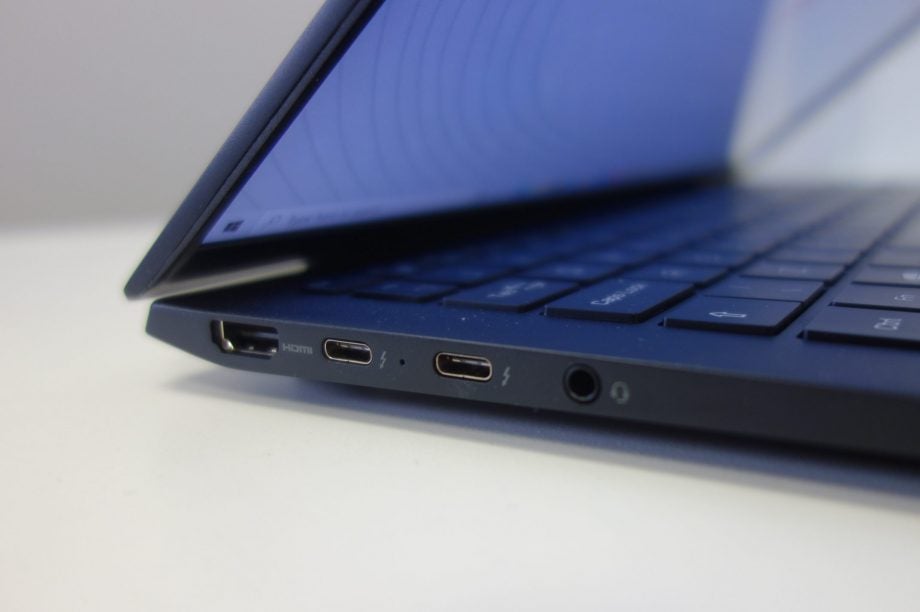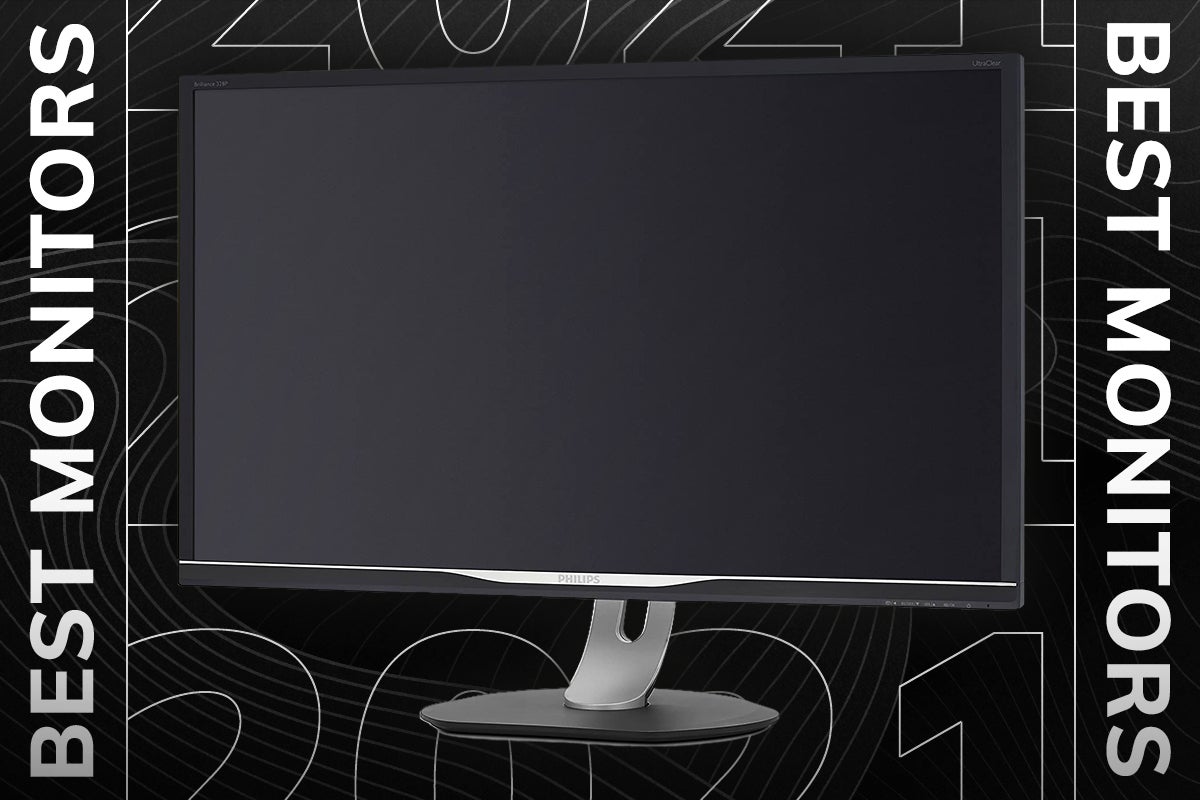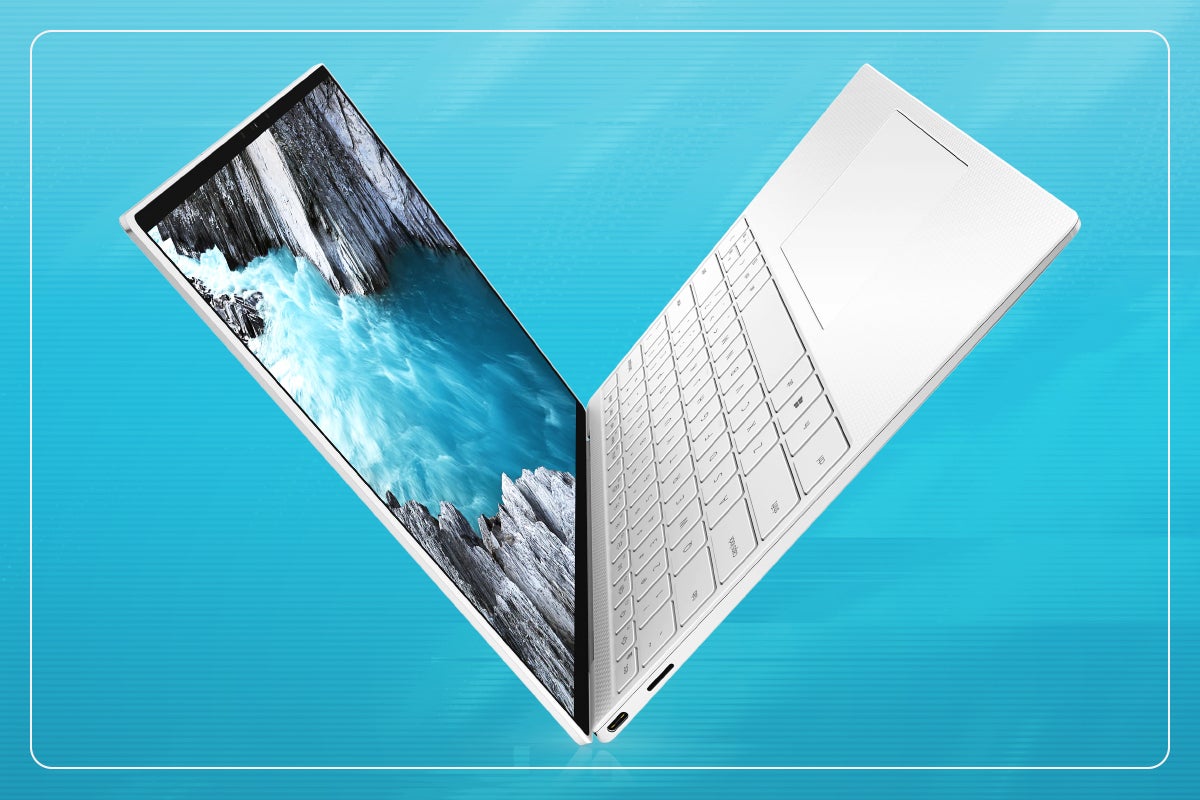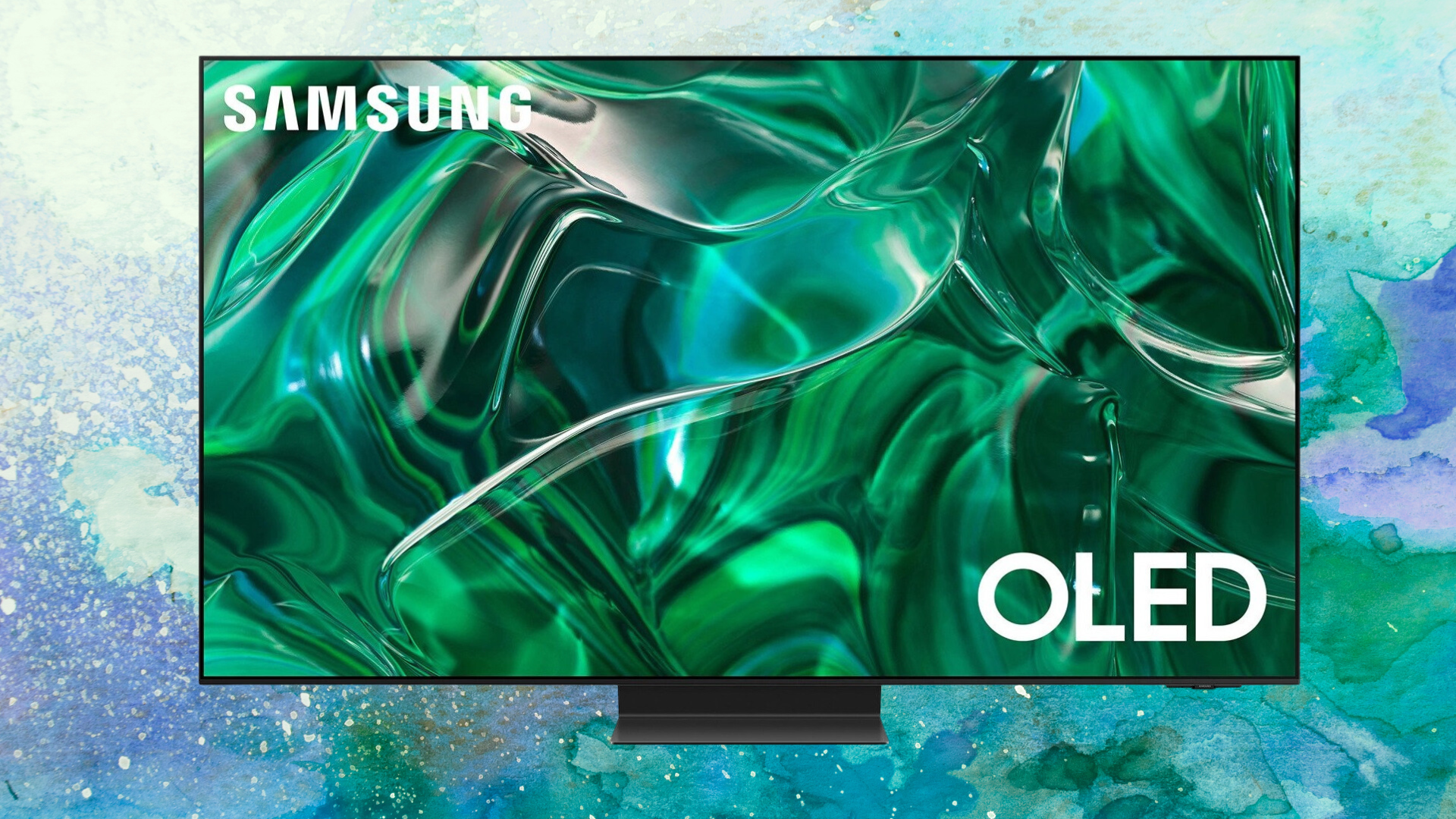What is DCI-P3? The display tech explained

If you’re in the market for a new monitor or laptop, you may have come across the term ‘DCI-P3’. We’ve put together this guide to explain exactly what that means.
To understand DCI-P3, you first need to know what a colour gamut is.
What is a colour gamut?
In display terms, a colour gamut refers to the amount of colours within a colour space that a screen capable of reproducing.
Popular standards include sRGB, Adobe RGB and DCI-P3, though there are many more.
What is DCI-P3?
DCI-P3 (or ‘Digital Cinema Initiatives – Protocol 3’) is a colour space that was originally developed for cinema by Digital Cinema Initiatives (DCI) and the Society of Motion Picture and Television Engineers (SMPTE).
Its origin makes DCI-P3 well-suited to professionals working with video, such as those in post-production roles. It also means the standard is sought after on consumer displays, as it is able to convey a wide range of vivid colours.
So, how does DCI-P3 compare the other standards? Compared to the older sRGB colour space, DCI-P3 is capable of producing 25-26% more colours. The wider space means that DCI-P3 displays are capable of producing more saturated colours, making the colour space popular on mid and high-end displays, including monitors, TVs and smartphones.
One thing to note about DCI-P3 is that, because the standard was originally created for film, the white point is actually a green white to match the colour temperature required by projectors.
Because of this, many consumer devices have adopted Display P3 or DCI-P3-D65 instead. Display P3 is a standard made by Apple that covers the same colour space as DCI-P3, but uses the more neutral D65 as a white point instead of the green white of the DCI standard.
The red, green and blue coordinates remain the same across both colour spaces.
Most displays are only capable of covering a certain percentage of a colour space, which is where the colour gamut comes in.
For example, both the LG Gram 16 and the Surface Laptop Go in our best laptops list support DCI-P3, but where the Gram covers 98% of the colour space, the Surface covers just 67.9%. This means that not all DCI-P3-supporting displays are built equally.





